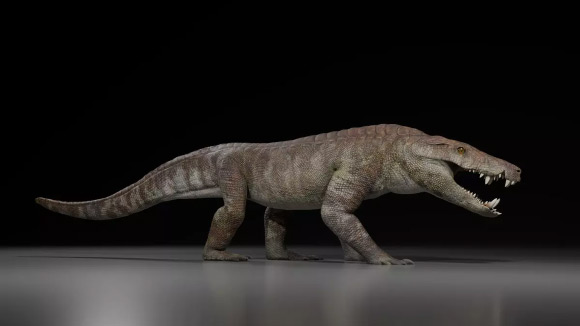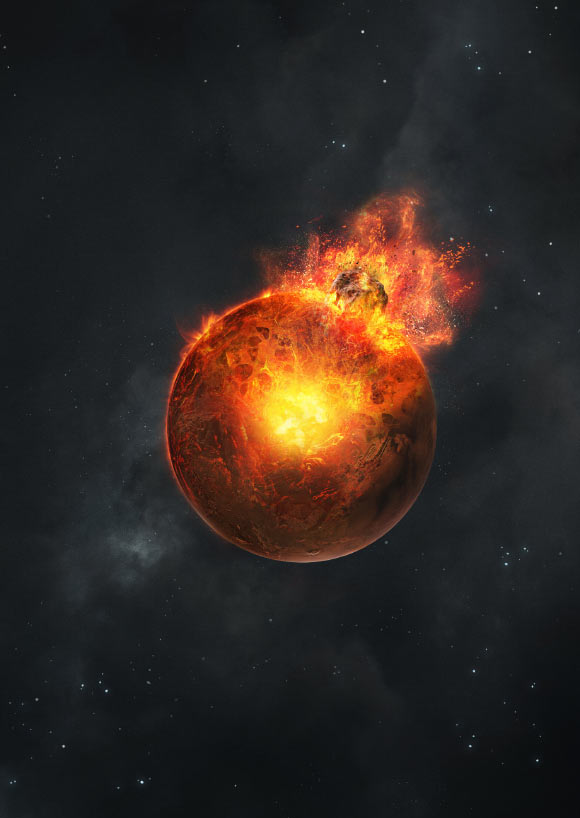Now Reading: 70-Million-Year-Old Fossils of Ancient Apex Predator Discovered in Argentina
-
01
70-Million-Year-Old Fossils of Ancient Apex Predator Discovered in Argentina
70-Million-Year-Old Fossils of Ancient Apex Predator Discovered in Argentina

fast Summary
- Paleontologists have discovered a well-preserved fossil of a previously unknown species, Kostensuchus atrox, in Patagonia, Argentina.
- The species lived approximately 70 million years ago during the Maastrichtian age of the Cretaceous period.
- Kostensuchus atrox was a large predator measuring around 3.5 meters (11.5 feet) in length and weighing about 250 kg.
- It belonged to Peirosauridae, a Gondwanan family of crocodylomorphs within the suborder Notosuchia.
- Fossil remains include an intact skull, jaws with visible details, and parts of the body skeleton from the Chorrillo formation in Santa Cruz, Argentina.
- Researchers noted that its wide jaw and robust teeth suggest it preyed on medium-sized dinosaurs among other creatures and was likely an apex predator in its ecosystem.
- This is the most complete peirosaurid crocodyliform found to date and provides detailed insights into their anatomy compared to other crocodyliform clades such as baurusuchids.
- The finding sheds light on Patagonian ecosystems during this era-a humid landscape populated by dinosaurs, frogs, mammals, turtles, and more.
Indian Opinion Analysis
The discovery of Kostensuchus atrox not only expands our understanding of prehistoric life but also emphasizes South America’s role as a critical region for studying ancient biodiversity.From an Indian perspective-and given India’s rich fossil record-this research could prompt discussions about India’s own connections with Gondwana landmass animals during similar time frames. Comparing such discoveries across continents may enhance international paleontological collaboration while strengthening conservation narratives necessary to explore India’s own Cretaceous-era fossils. This underscores how uncovering earth’s ecological past can influence future scientific endeavors globally.






















